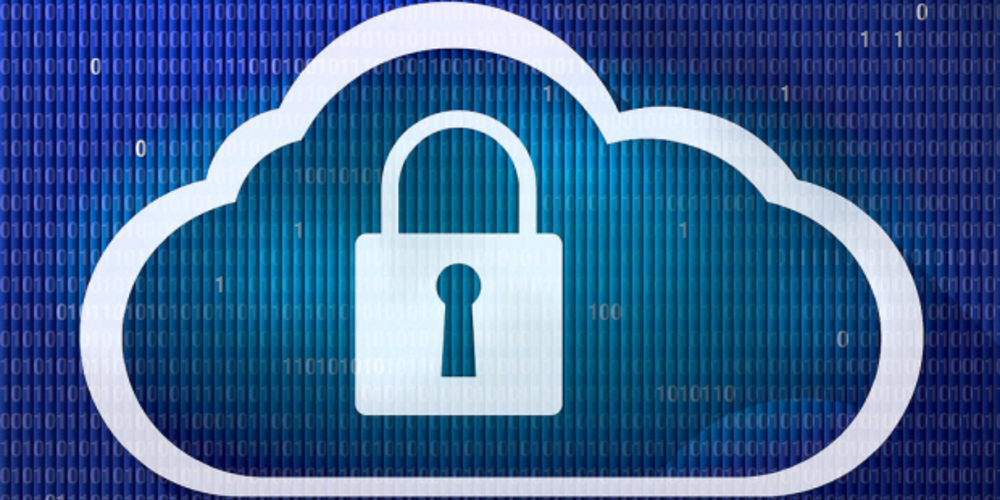Securing Your Cloud: A Proactive Approach to Cloud Security
- Dec 12, 2023
- 885

In the ever-evolving landscape of cloud computing, securing your organization's digital assets can seem like a formidable task. With the right strategies in place, however, you can establish a robust security posture that not only protects your cloud environment but also empowers your team. Below is a guide on how organizations can get a handle on cloud security, structured into actionable steps.
Step 1: Establish a Centralized Security Platform
The first step to gaining control over your cloud security is to create a single point of visibility. A centralized security platform enables you to monitor all your cloud assets effectively. This reduces the strain on your security team by cutting down on the number of alerts they need to sift through and prioritizes the threats that need immediate attention.
Step 2: Transition to Agentless Cloud Security
Traditional agent-based security solutions can create gaps in your security coverage. An agentless cloud security solution, on the other hand, can offer comprehensive coverage without the need to install software on each asset. This means faster deployment, a lower total cost of ownership, and fewer blind spots in your security monitoring.
Step 3: Understand and Anticipate Threats
Being proactive about understanding what attracts attackers is key to securing your cloud environment. Resources that are easy to discover and likely to contain sensitive information will be prime targets for attackers. Stay informed about the latest threat trends and ensure your security measures are up to date to counter these tactics.
Step 4: Implement Basic Security Measures Diligently
Some foundational security practices can drastically improve your cloud security posture. Enforcing the principle of least privilege ensures that users have access only to the resources they need. Keeping your systems patched and up to date with the latest security fixes is also critical. Additionally, adhering to CIS benchmarks and using checklists can help maintain consistency and reduce the risk of configuration errors.
Step 5: Continuous Risk Scanning and Prioritization
Continuously scanning your cloud environment for risks is crucial. Using a centralized platform that can provide visibility across all cloud accounts and workloads can immensely reduce the time spent on identifying critical risks. Focus on the most significant threats to ensure an effective security strategy.
Step 6: Embrace Artificial Intelligence
Artificial Intelligence (AI) is revolutionizing cloud security by enabling faster identification and remediation of risks. AI-driven innovations such as generative AI can assist in generating remediation instructions, optimizing IAM policies, and allowing for plain language searches across your cloud environment. Integrating AI into your security strategy can reduce workload and enhance overall security.
Securing your cloud environment is an ongoing process that requires dedication and a strategic approach. By centralizing your security platform, embracing agentless security, understanding potential threats, implementing basic security practices, continuously scanning for risks, and leveraging AI, you can provide your organization with the strong defense it needs against cyber threats. Stay proactive, stay informed, and keep your cloud security evolving with the technological landscape.